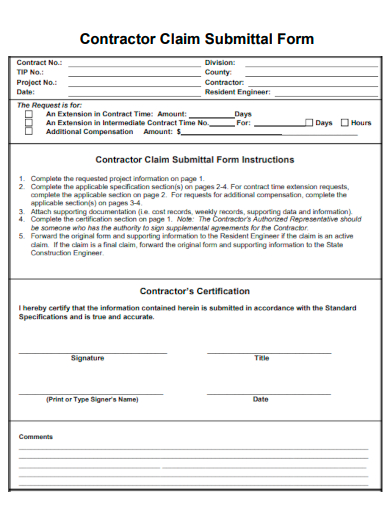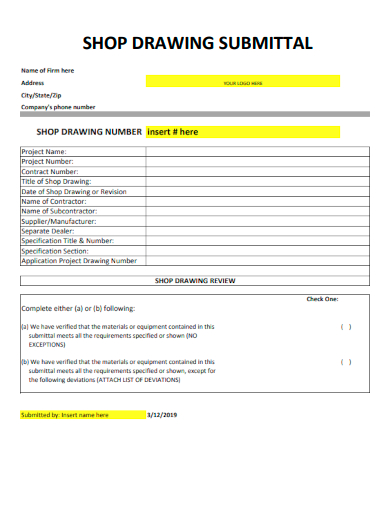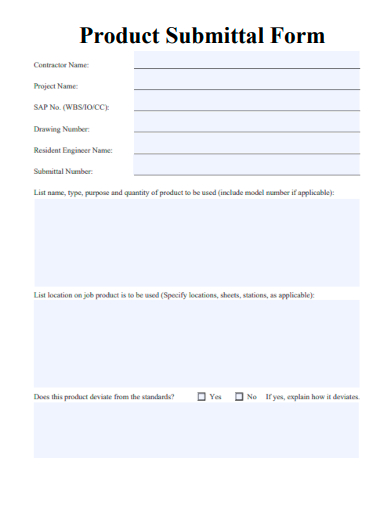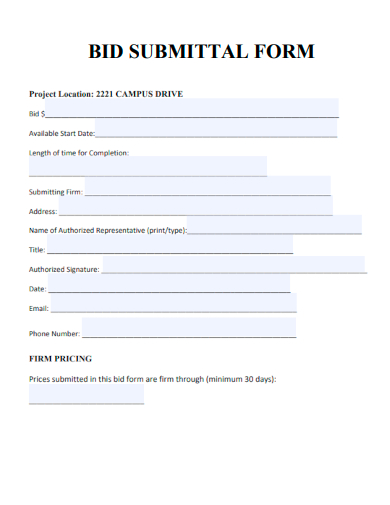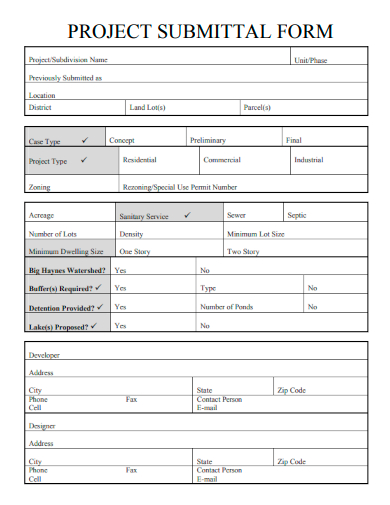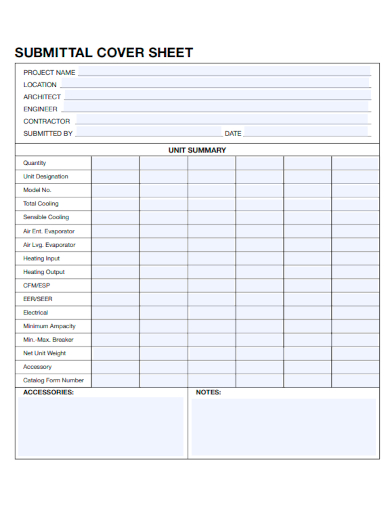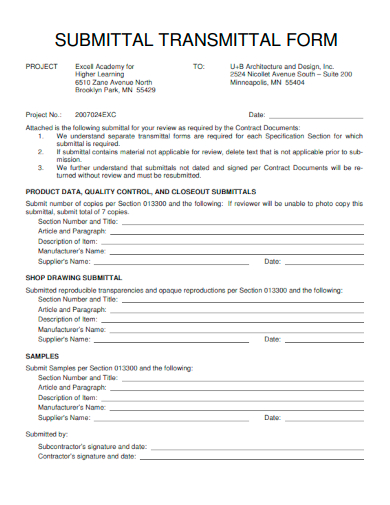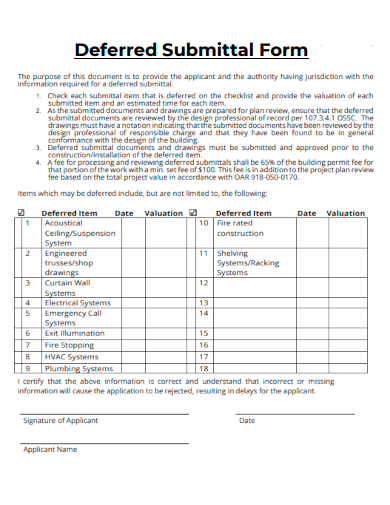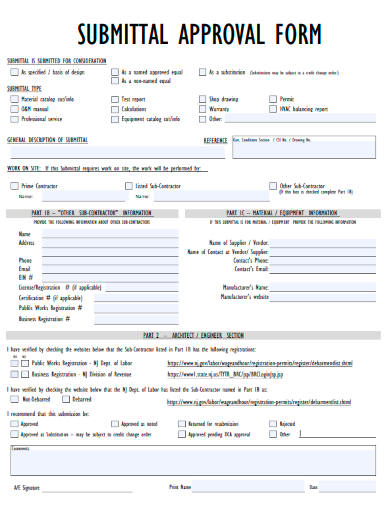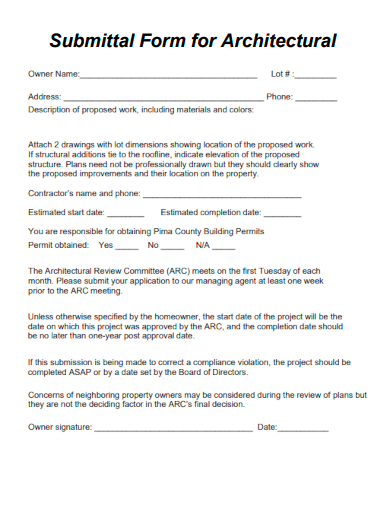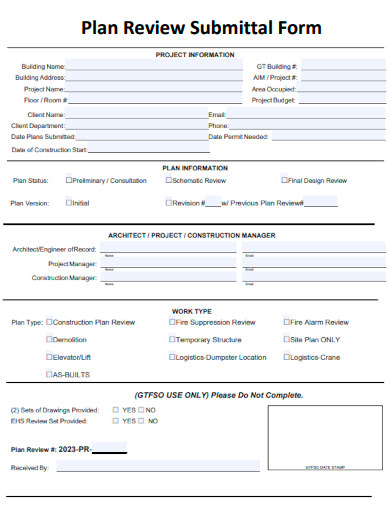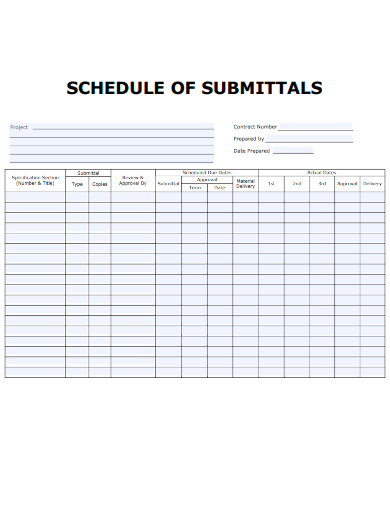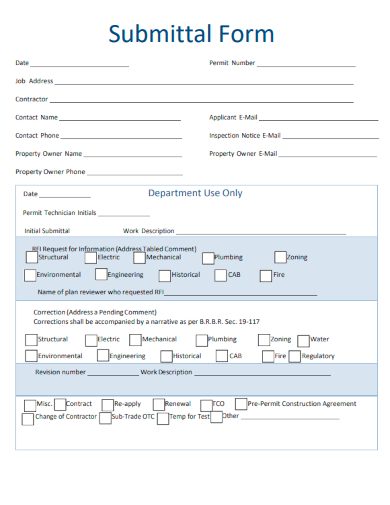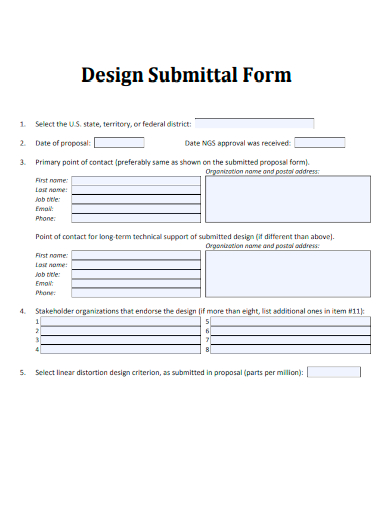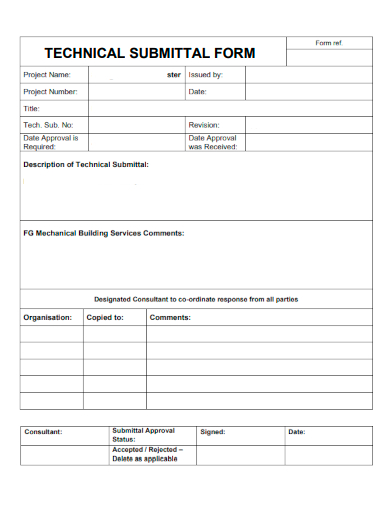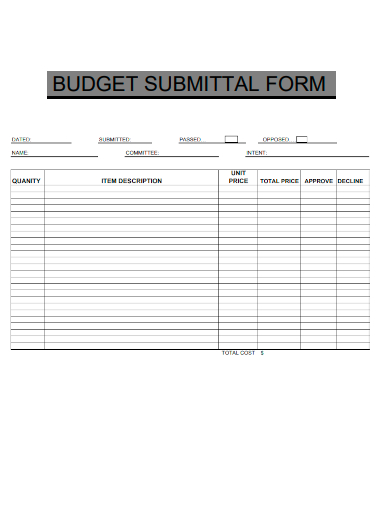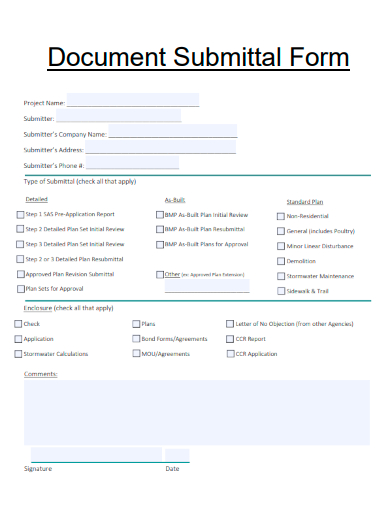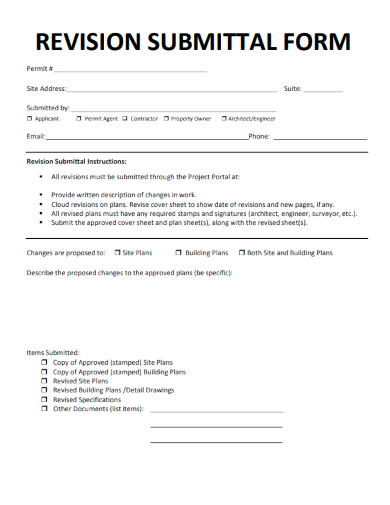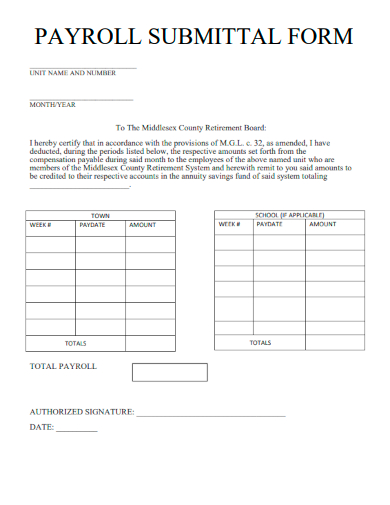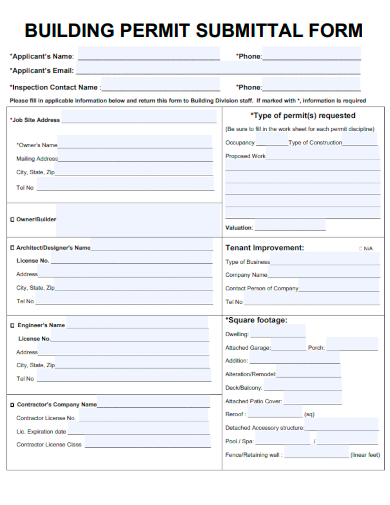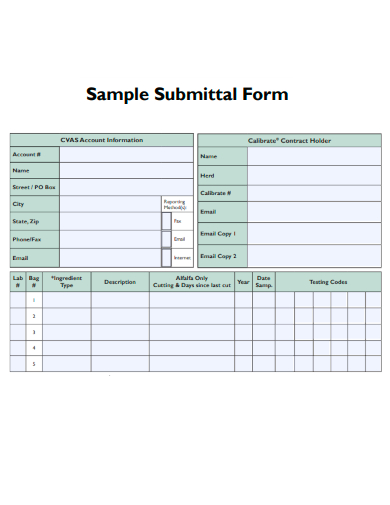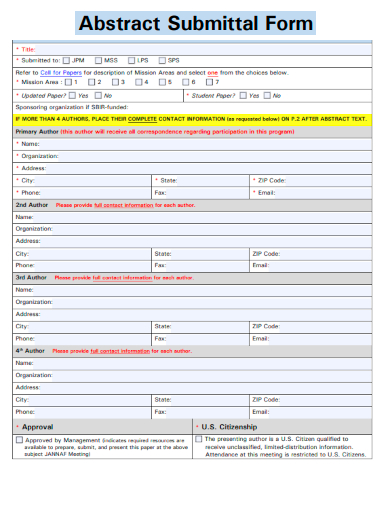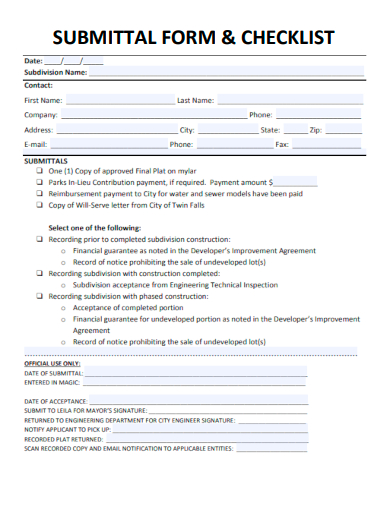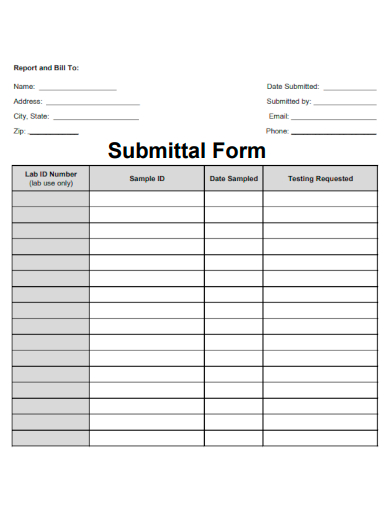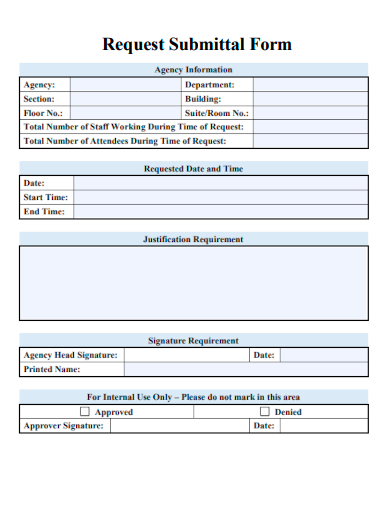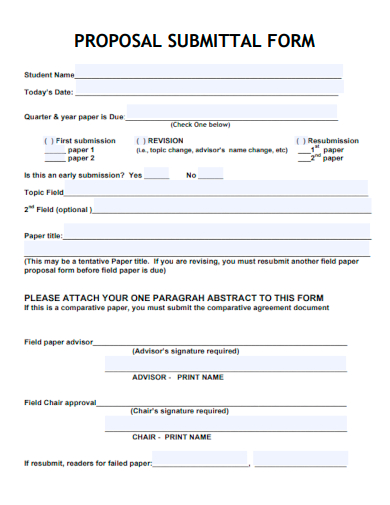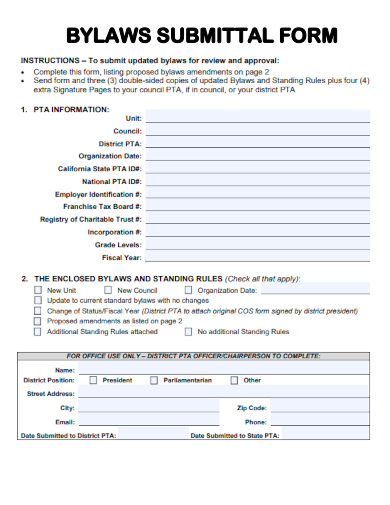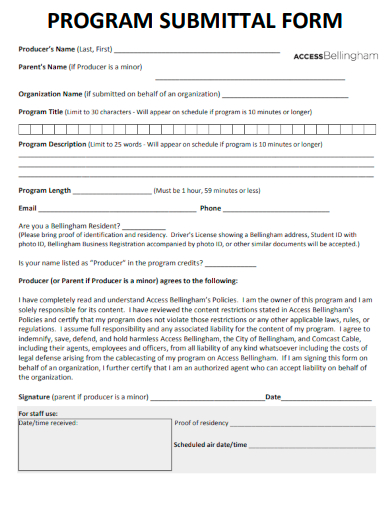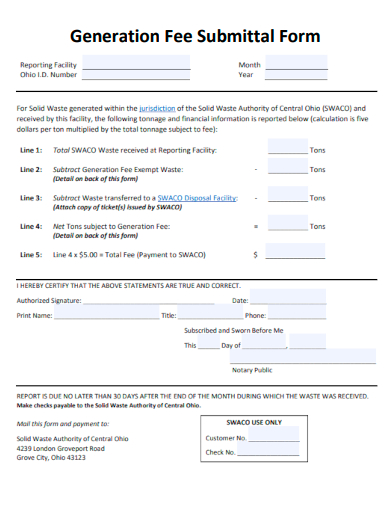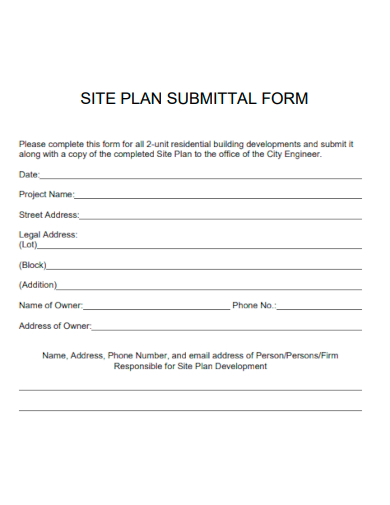Introducing our Sample Submittal Form Template, the ultimate solution for simplifying your Submittal Transmittal Form process. Whether you’re managing a laboratory, conducting research, or running a business, our versatile template is tailored to meet your needs. With its user-friendly interface and customizable features, this tool streamlines your workflow, enhances data accuracy, and saves you valuable time. Say goodbye to paperwork hassles and hello to a more efficient and organized way of managing your submissions. Explore the future of sample management today!
FREE 33+ Submittal Form Samples
1. Sample Submittal Form Template
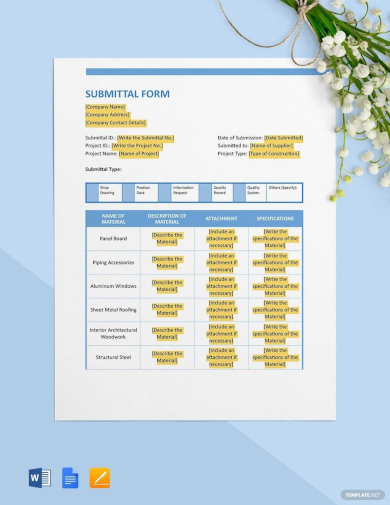
2. Sample Material Submittal Form Template
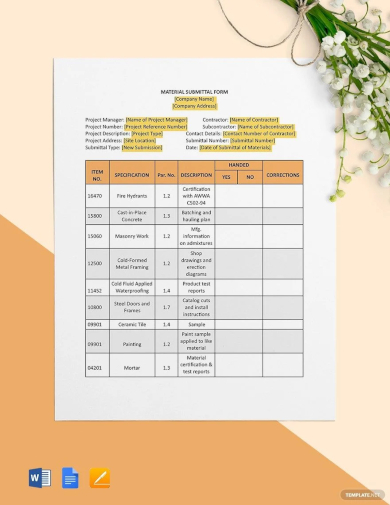
3. Sample Contractor Claim Submittal Form Template
4. Sample Construction Submittal Form Template
5. Sample Shop Drawing Submittal Form Template
6. Sample Product Submittal Form Template
7. Sample Bid Submittal Form Template
8. Sample Project Submittal Form Template
9. Sample Submittal Cover Sheet Form Template
10. Sample Submittal Transmittal Form Template
11. Sample Deferred Submittal Form Template
12. Sample Submittal Approval Form Template
A Submittal: A Comprehensive Definition and Overview
In the world of construction, engineering, and project management, a submittal is a crucial process that plays a fundamental role in ensuring the successful execution of a project. It represents the formal communication and documentation process used to submit various project-related materials, products, or information from contractors, subcontractors, suppliers, and other stakeholders to the project’s architect, engineer, or owner for review, approval, or information purposes. Submittals are a means of maintaining quality control, adhering to project specifications, and achieving the desired outcome in terms of safety, performance, and compliance.
The Purpose of Submittals
The primary purpose of submittals is to facilitate effective communication and collaboration among project work stakeholders while ensuring that the project’s design and performance standards are met. Here are some key objectives and functions of the submittal process:
Quality Assurance: Submittals are used to verify that the materials, products, and workmanship conform to the project’s design, specifications, and performance criteria. This helps maintain quality and consistency throughout the project.
Compliance: Submittals ensure that all project elements comply with relevant building codes, regulations, and industry standards. They serve as a mechanism to demonstrate that the project meets legal and safety requirements.
Design Coordination: Submittals allow for coordination between the design team (architects and engineers) and the construction team (contractors and subcontractors). This helps identify any discrepancies or issues that need to be resolved before construction proceeds.
Documentation: Submittals generate a comprehensive record of all project-related information, including product data, shop drawings, samples, and other details. This documentation is vital for future sample reference, maintenance, and warranty claims.
Types of Submittals
Submittals come in various sample forms, depending on the nature of the project and the items being submitted. Some common types of submittals include:
Product Submittals: These involve the submission of data and documentation related to construction materials, equipment, and products that will be used in the project. Product data sheets, specifications, and material samples fall into this category.
Shop Drawings: Contractors and subcontractors create detailed shop drawings that illustrate how specific elements will be fabricated, assembled, and installed. These drawings provide a visual representation of how the project will be constructed.
Samples: Material samples, such as paint colors, flooring, or finishes, are often submitted for approval to ensure they meet the project’s aesthetic and performance requirements.
Test Reports: In cases where materials or systems need to be tested for compliance or performance, test reports are submitted to document the results.
The Submittal Process
The submittal process typically involves several key steps:
Initial Preparation: The contractor, subcontractor, or supplier collects and assembles all necessary documents and samples in accordance with project requirements.
Submission: The prepared submittal package is submitted to the architect, engineer, or owner for review. This can be a physical or electronic submission, depending on the project’s documentation procedures.
Review: The recipient reviews the submittal to ensure that it complies with project specifications and design intent. This may involve multiple rounds of review and revisions.
Approval or Comment: Based on the review, the recipient either approves the submittal, requests revisions, or provides comments and clarifications. If revisions are needed, the process returns to the contractor for resubmission.
Documentation: All correspondence and documentation related to the submittal, including approvals, rejections, and comments, are properly recorded and filed.
Implementation: Once approved, the submittals guide the construction process, ensuring that materials, products, and workmanship align with the approved documentation.
In summary, a submittal is a vital component of project management in construction and engineering. It serves as a formal mechanism for communication, quality control, and compliance verification, helping to ensure that a project is executed efficiently, safely, and in accordance with the specified design and standards. Properly managed submittal processes contribute to the success of construction projects by promoting transparency, accountability, and adherence to project requirements.
13. Sample Submittal Form for Architectural Template
14. Sample Plan Review Submittal Form Template
15. Sample Schedule of Submittals Form Template
16. Sample Submittal Form Blank Template
17. Sample Design Submittal Form Template
18. Sample Technical Submittal Form Template
19. Sample Budget Submittal Form Template
20. Sample Document Submittal Form Template
21. Sample Revision Submittal Form Template
22. Sample Payroll Submittal Form Template
How to create a Submittals form?
Creating a submittals form is an essential step in project management, particularly in construction, engineering, and other industries where detailed documentation and quality control are critical. A well-structured submittals form streamlines the process of submitting, reviewing, and approving project-related materials, products, and information. Here’s a step-by-step guide on how to create a submittals form:
Define the Purpose and Scope:
Start by understanding the specific requirements of your project. Determine what types of submittals will be needed and their purpose. Common submittal categories include product data, shop drawings, samples, and test reports.
Identify the stakeholders involved in the submittal process, such as contractors, subcontractors, suppliers, architects, engineers, and project owners.
Choose a Format:
Decide whether you want to create a physical paper-based submittals form, a digital form, or a combination of both. Digital forms are becoming increasingly popular due to their efficiency and ease of sharing.
Create a Template:
Design a standardized template that includes essential information and fields. The template should be clear, organized, and easy to understand. It should also align with the specific requirements of your project and industry standards.
Common fields in a submittals form template include:
Project name and location
Submitter’s information (name, company, contact details)
Description of the submittal (e.g., product name, material type)
Reference to project drawings or specifications
Required approval or review dates
Space for reviewer’s comments and approval status
Customize the Form:
Tailor the submittals form template to suit the unique needs of each type of submittal (e.g., product data, shop drawings, samples). Adjust the fields and requirements accordingly.
Include Detailed Instructions:
Provide clear instructions on how to complete the submittals form. Explain the submission process, including where and to whom the form should be sent. Ensure that submitters understand the expectations and deadlines.
Establish a Review Workflow:
Define a clear workflow for reviewing and approving submittals. Identify the individuals or teams responsible for reviewing each type of submittal.
Determine the process for reviewing and documenting comments, revisions, and approvals. Specify how and when feedback should be communicated.
Implement a Tracking System:
Consider using project management software or document control systems to track submittals throughout the process. These tools can help automate notifications, monitor deadlines, and maintain an audit trail of all submittal-related activities.
Train Users:
Provide training to all stakeholders involved in the submittal process. Ensure that they understand how to complete the forms, submit documents, and use any digital tools or systems in place.
Test the Form:
Before implementing the submittals form on a live project, conduct a trial run to identify any potential issues or areas for improvement.
Continuous Improvement:
Periodically review and refine your submittals form and process based on feedback and lessons learned from previous projects. Continuously improving the submittal process can lead to greater efficiency and accuracy.
Creating a submittals form is a crucial part of project management, ensuring that project materials and information are documented, reviewed, and approved in a systematic and organized manner. A well-designed submittals process contributes to project success by enhancing quality control, transparency, and accountability.
23. Sample Building Permit Submittal Form Template
24. Sample Submittal Form Formal Template
25. Sample Abstract Submittal Form Template
26. Sample Submittal Form & Checklist Template
27. Sample Data Submittal Form Template
28. Sample Submittal Form Standard Template
29. Sample Request Submittal Form Template
30. Sample Proposal Submittal Form Template
31. Sample Bylaws Submittal Form Template
32. Sample Program Submittal Form Template
33. Sample Generation Fee Submittal Form Template
34. Sample Site Plan Submittal Form Template
Why I need to use Submittal Form
Using a submittal form is crucial in many industries, particularly in construction, engineering, manufacturing, and project management. These forms serve multiple critical purposes that collectively contribute to the efficient and successful completion of projects. Here are several reasons why the use of submittal forms is necessary:
Quality Control:
Submittal forms play a pivotal role in maintaining quality control throughout a project. They enable contractors, subcontractors, suppliers, and other stakeholders to provide detailed information about the materials, products, and workmanship they plan to use or deliver. By submitting product data, shop drawings, and other documentation, submitters demonstrate that their offerings meet project specifications and design requirements. This verification step helps ensure that the project’s quality standards are upheld.
Compliance with Standards and Regulations:
In many industries, compliance with building codes, safety regulations, and industry standards is mandatory. Submittal forms provide a platform for confirming that materials and products conform to these requirements. By documenting compliance, submitters help project owners and regulatory authorities ensure that the project is safe and adheres to all necessary legal and quality standards.
Communication and Documentation:
Submittal forms serve as a structured means of communication between project stakeholders. They facilitate the exchange of critical information, including product specifications, performance data, and installation instructions. These forms also create a comprehensive record of all submissions, reviews, approvals, and revisions. This documentation is invaluable for tracking the history of materials and products used in a project.
Coordination and Collaboration:
Large construction and engineering projects involve multiple parties, including architects, engineers, contractors, subcontractors, and suppliers. Submittal forms help coordinate their efforts by providing a centralized platform for sharing and reviewing project-related information. The form allows various stakeholders to collaborate effectively, identify potential conflicts, and resolve issues early in the project, reducing costly delays and rework.
Accountability and Transparency:
Submittal forms promote accountability among project participants. Submitters are responsible for providing accurate and compliant information, and reviewers are accountable for ensuring that submissions meet project requirements. The transparency of the submittal process ensures that all parties involved have visibility into the status of each submission, its review process, and any required actions.
Risk Mitigation:
By thoroughly reviewing and approving submittals, project owners and their teams can mitigate risks associated with substandard materials or inadequate workmanship. Identifying potential issues early on allows for necessary adjustments or corrections before construction proceeds. This proactive approach helps prevent costly disputes and legal conflicts that may arise from project deficiencies.
Efficiency and Organization:
Submittal forms streamline project workflows by providing a standardized format for submitting and tracking project-related information. This efficiency reduces administrative burdens and minimizes the chances of information getting lost or overlooked. An organized submittal process ensures that project milestones and deadlines are met, keeping the project on schedule.
Documentation for Warranty and Maintenance:
After project completion, submittal forms become valuable documentation process for warranty claims and future maintenance. They provide a record of the materials, products, and systems used in the project, making it easier to identify and address maintenance or repair needs.
In conclusion, the use of submittal forms is essential for achieving project success. These forms facilitate quality control, compliance, communication, coordination, accountability, and risk mitigation in various industries. They also contribute to the efficient management of projects by streamlining workflows and ensuring that critical project information is documented and readily accessible throughout the project’s lifecycle.
Related Posts
Parent Consent Form Samples & Templates
Sample Release of Liability Forms
Sample Training Feedback Forms
Sample Sworn Affidavit Forms
Agreement Form Samples & Templates
Vehicle Inspection Forms Samples & Templates
Sample Employee Advance Forms
Sample Child Travel Consent Forms
Sample Testimonial Request Forms
Sample Employee Details Forms
Sample Divorce Forms
Sample Attestation Forms
Employee Performance Appraisal Form Templates
FREE 9+ Sample Presentation Evaluation Forms in MS Word
FREE 10+ School Admission Form Samples & Templates in MS Word | PDF

